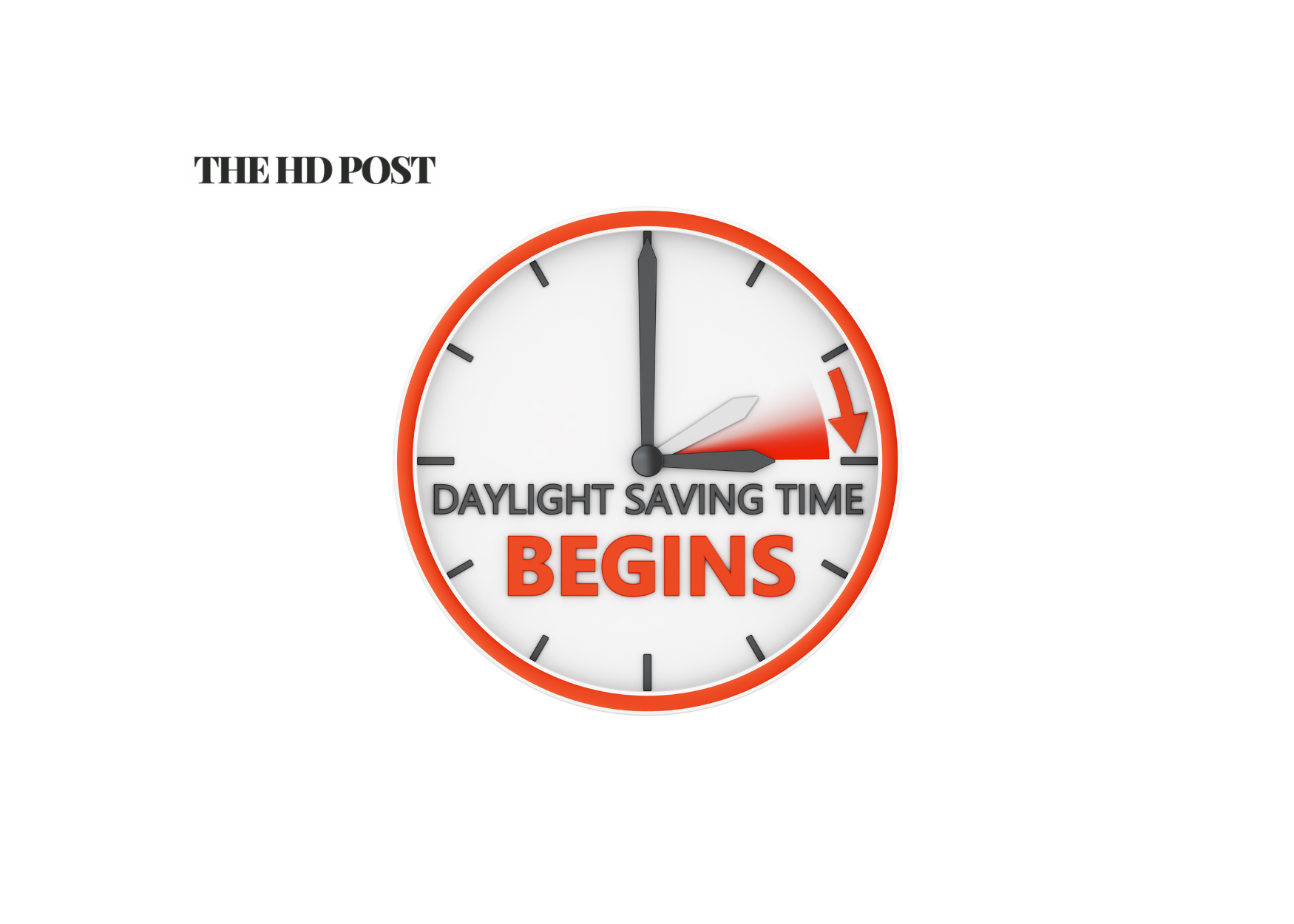
CALIFORNIA – At 2:00 a.m. on March 9th, clocks in most states, including California, will spring forward to 3:00 a.m.
Daylight Saving Time (DST) shifts an hour of daylight from the early morning to the evening as the days start to get longer.
The switch can disrupt sleep patterns initially, but it prepares for longer daylight hours as spring and summer approach.
Most modern devices like smartphones and computers automatically adjust for DST based on their location and settings. However, manual clocks, appliances, and some older devices need to be adjusted manually.
DST inspired by insect collecting hobby
New Zealand entomologist George Hudson first proposed DST in 1895. His idea was inspired by his personal interest in having more daylight for collecting insects after work.
The modern, consistent observance of DST in the U.S. was established with the Uniform Time Act of 1966, which standardized the start and end dates of DST across the country. States were allowed to opt out of DST, as long as the entire state followed the same decision.
Only two states do not observe DST – Hawaii and Arizona.
DST ends in November, with clocks set back an hour to match winter’s shorter days.
Majority of Americans want to do away with DST
According to a Gallup poll, the majority of Americans – 54%, say they are ready to do away with DST.
The American Academy of Sleep Medicine agrees that it should be abolished.
It reported that the transition from standard time to daylight saving time incurs significant public health and safety risks, including increased risk of adverse cardiovascular events, mood disorders, and motor vehicle crashes.
The Sunshine Protection Act, a bill introduced in the U.S. Congress, if passed, would make DST permanent.
It would eliminate clock changes, however, result in darker mornings, especially in winter, delaying sunrise in many areas.

